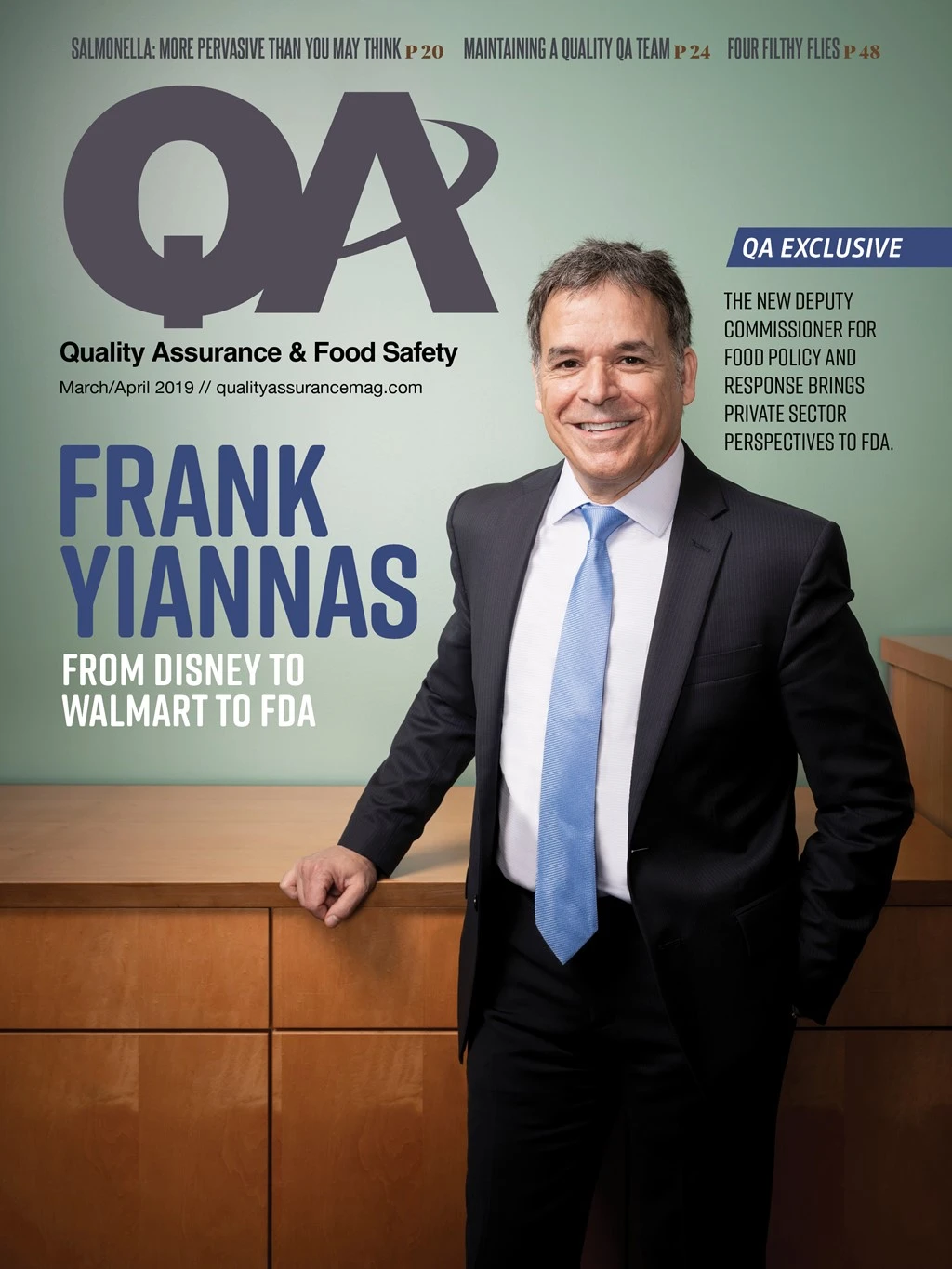

Salmon, once a rare treat, has become popular in many households, even those far from any seashore. Thanks to mass-production aquaculture spreading in our oceans, salmon is not only available in any supermarket’s freezer today, it is also affordable. As salmon ensures the intake of omega-3 fatty acids, its significance as a provider of protein for our growing world population is likely to increase — and our oceans may soon be deemed the “blue field.”
One area where aquaculture is booming is Norway, which is the world’s leading salmon supplier. The country contributes more than 50% of the global salmon production. In 2016, it produced 1.3 million tons of salmon, accounting for about 8.0% of the country’s exports. Despite a low volume growth forecast, it is expected to maintain its market-leading position, acording to the Norwegian Aquaculture Analysis 2017.
The second largest salmon producer is Chile. Its salmon is sold all over the world. Top export destinations include the United States, Japan, Russia, and Brazil. The U.S., in fact, imports more than 90% of Chile’s seafood and was the principal receiver of its seafood products in 2017. Additionally, between 2016 and 2017, the Chilean Atlantic salmon harvest increased 15% to more than 640,000 tons, and in 2017, 80% of the value and 55% of the volume of Chile’s seafood exports came from aquaculture.
However, despite aquaculture booming, wild salmon has long been perceived as being of higher quality than farmed salmon due to better food and greater movement. Wild salmon from Norway, for instance, belongs to an ancient species, which early in its life cycle heads downriver and swims through Norwegian fjords out to saltwalter-feeding grounds before it returns to its native rivers to spawn. But farmed salmon is sometimes associated with intensive livestock farming in large pens containing antibiotics and other environmental pollutants such as lead, cadmium, mercury, and pesticides — barred in Norway and not found in its farmed salmon. Interestingly though, farmed salmon has been found to have more fat and omega-3 fatty acids than wild salmon, because it gets fed more regularly and moves less than wild salmon, which swims thousands of miles and may eat whatever it finds.
It also has been wrongly assumed that wild salmon comes directly from the sea and is fresher. In fact, wild salmon, being deep-frozen, has often travelled long distances from the North Pacific near Alaska and Russia with a stop-over in Asia, where it gets slightly defrosted to be filleted and then refrozen. Farmed salmon from Norway, however, is filleted and shock-frozen in the Baltic countries and then travels to its destination within six months of capture.
Other factors favoring farmed salmon are that, due to the spread of sea lice, the population of wild salmon has halved dramatically in recent years. According to a Norwegian study by Vitenskapelig Rad for Lakseforvaltning, the wild salmon population has fallen to 478,000 from more than a million in the 1980s. Sea lice multiply in large numbers to kill farmed fish and pose a risk to young wild salmon passing the holding pens on their way to the open sea. This led the Norwegian government to introduce a system in October 2017 under which farms in regions that are judged to severely threaten wild salmon numbers will have their production frozen and even cut to protect the country’s stock of wild salmon.
Hence, Marine Harvest, Norway’s largest producer, maintains a high standard to ensure the quality of its farmed salmon: Its enclosures have a radius of 820 feet and a depth of 164 feet; its salmon is vaccinated against illnesses, which is documented to European requirements; it uses satellite-based technology for navigation and communications, supervises the feeding with underwater cameras, and uses a material for net pens that can be cleaned without chemicals.
Additionally, to address the risk of escaped farmed salmon breeding with wild salmon to produce offspring that are ill-equipped to survive and endanger the genetic diversity of wild salmon stocks, Marine Harvest is investing in a solid, egg- shaped pen (yet to be constructed) to prevent salmon from escaping and make it harder for sea lice to enter.
While the Norwegian salmon farming industry has improved its standards significantly and is considering environmental factors, such as the right current to ensure a steady exchange of high-quality water, government controls in Chile are much lighter. Salmon is not native to Chile, and it competes with local fish for space and food. Moreover, in Chilean farms, one cage holds 200,000 salmon, whereas in Norway it is only 100,000.
Despite the challenges, aquaculture remains a growing industry with a growth rate of 8% to 10% per year. Additionally, the Aquaculture Stewardship Council (ASC) and Marine Stewardship Council (MSC) product seals can be helpful as an indication of responsible fish farming.

Explore the March 2019 Issue
Check out more from this issue and find your next story to read.
Latest from Quality Assurance & Food Safety
- Chef Robotics Introduces Pat-Down Capability for Meal Presentation and Sealing
- USDA Launches Regenerative Pilot Program
- Indoor Ag-Con Adds Food Safety Track to Conference Lineup
- IDFA Recognizes Federal Officials for Support of U.S. Dairy Industry
- Tetra Pak Acquires Bioreactors.net
- Fresh Del Monte Receives Rabobank Leadership Award
- São Paulo Earns Guinness World Record for Largest Municipal Food Security Program
- KPM Analytics Releases Ready-to-Use NIR Calibration Packages





